

Roofing solutions encompass the range of systems, materials, and services designed to protect buildings from the elements while enhancing structural performance and visual appeal. In the United Kingdom, unpredictable weather and architectural diversity drive the need for tailored roofing options that address varying durability, efficiency, and aesthetic requirements. The concept involves not only choosing the correct roofing material but understanding installation techniques, insulation considerations, and long-term maintenance practices unique to UK properties.
Exploring roofing solutions means examining an array of traditional and modern materials—each with their own benefits and suitability for specific property types or regional climates. Homeowners and building managers must consider factors such as lifespan, resistance to moss or lichen, insulation value, and even planning permissions depending on location. Technological advances and sustainability efforts are also shaping the roofing sector, introducing innovative options that challenge conventional roofing wisdom throughout the United Kingdom.
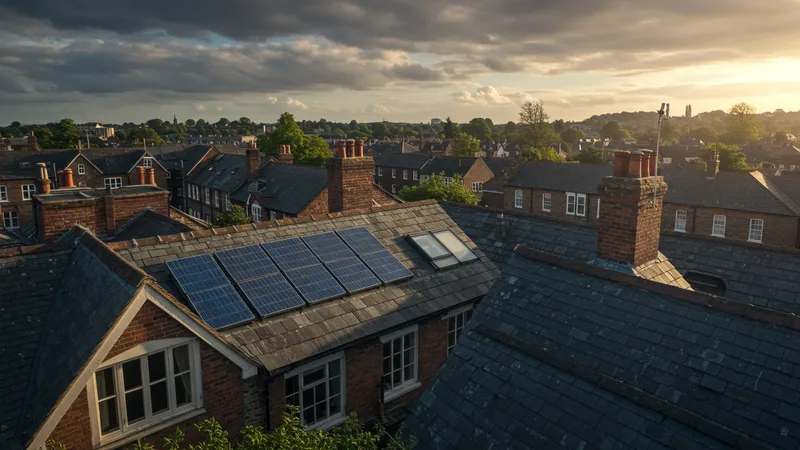
Slate roofing has a storied history in the UK, featuring in both heritage renovations and contemporary builds due to its responsive adaptability to the local climate. The use of authentic British slate supports longevity, with installations often lasting over a century if correctly maintained. This solution also offers uniquely appealing aesthetics—suited for both period properties and those aiming for a refined look.
Clay tiles remain a frequent choice for roofing across much of southern England. Their natural composition allows for a breathable structure, reducing the risk of condensation build-up under the roof space. Although slightly less costly compared to slate, clay tiles do require properly engineered support due to their weight, making professional installation essential for optimal results.
GRP roofing systems are shaping modern approaches to flat roof protection in urban and suburban developments throughout the United Kingdom. Their seamless nature eliminates many traditional leak risks, and the lightweight composition simplifies both installation and repair. As energy efficiency standards tighten, GRP's compatibility with improved insulation methods enhances its relevance for both residential and light commercial uses.
While durability and weather resistance are central to the British approach, the rise of green and sustainable roofing cannot be overlooked. Clients now consistently weigh the environmental impact of their selected system, favouring solutions that integrate recycled materials or offer extended service lives. This environmentally conscious trend is influencing manufacturers and architects alike, as roofing is increasingly seen as key to energy performance under UK regulations.
Page one has set the foundation for understanding the leading roofing solutions in the United Kingdom, but the deeper details of installation, regulatory requirements, and maintenance bring far more nuance—revealing even more valuable insights ahead…
The United Kingdom is renowned for its fluctuating climate, with frequent rain, frost, and wind placing significant demands on roofing materials. Slate roofing stands out for its impermeability and capacity to withstand freeze-thaw cycles, making it one of the most reliable options for both rural and urban settings. In comparison, clay tiles also perform well in damp environments, but require meticulous fitting to prevent under-tile water ingress common during heavy storms.
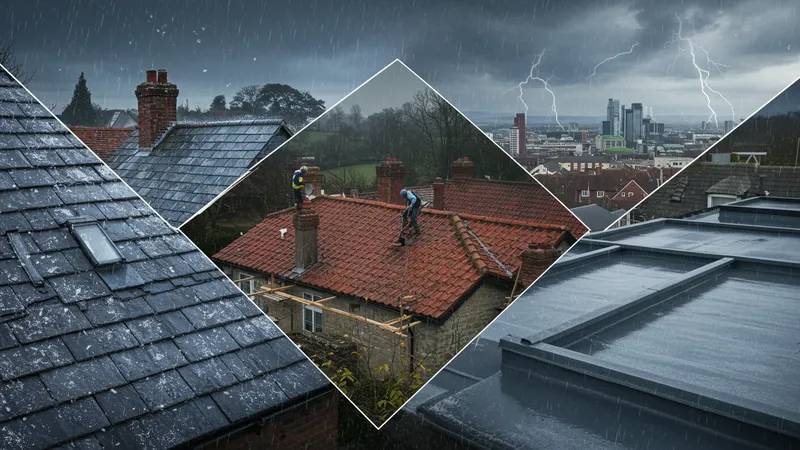
GRP (fibreglass) roofing has surged in popularity for flat structures across UK cities due to its cohesive, jointless membrane that virtually eliminates drips or leaks even during the wettest months. This type of roofing is particularly advantageous in regions exposed to standing water or driving rain, since the composite material repels moisture while maintaining structural integrity over time.
Resistance to harsh winds is a key concern for both heritage and contemporary buildings. British slate, when fixed correctly, resists uplift and displacement far better than many imported alternatives. Clay tiles, on the other hand, provide substantial mass but may require additional anchoring or specialist fittings in exposed regions such as coastal towns or moorland villages.
The climate-driven nuances highlight why UK homeowners often prioritise professional consultation and site-specific planning when selecting between these solutions. Local experience is invaluable when it comes to picking materials that not only endure the typical rainfall and temperature swings but also comply with insurance or council requirements linked to regional microclimates.
When assessing the relative cost-effectiveness of roofing solutions in the United Kingdom, it’s essential to look beyond the base material price. Slate roofing, while carrying a higher initial outlay, often delivers exceptional lifetime value due to its unmatched longevity and minimal maintenance needs—some slates outlive entire generations, significantly lowering replacement frequency compared to other materials.
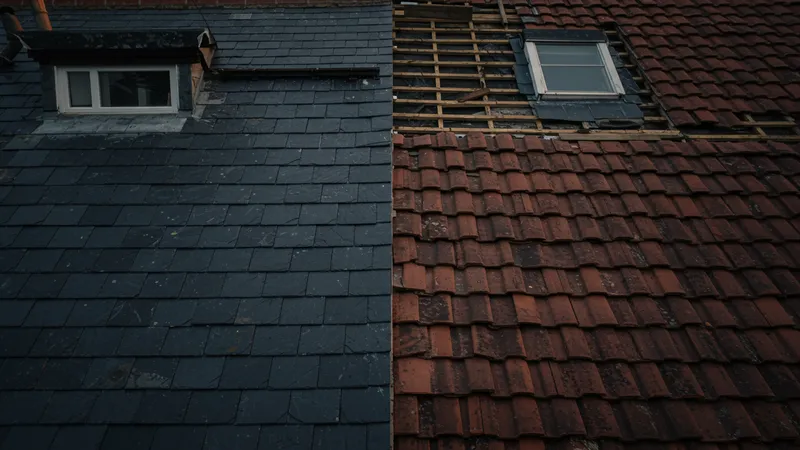
By contrast, clay tiles offer an accessible entry point for homeowners targeting a traditional look without the upfront expense of natural slate. However, they may incur additional support and labour costs due to their weight, and while they are highly durable, occasional repairs or replacements might be needed, particularly where weather has caused tiles to shift.
GRP fibreglass roofing is generally more affordable in its installation compared to comparable flat roof systems. Its longevity rivals or exceeds many traditional bitumen or felt choices, reducing life-cycle costs and providing reliable waterproofing for extensions, garages, and modern residential designs. This long-term perspective makes GRP a favoured investment for flat-roof properties demanding maintenance efficiency.
Factoring in potential energy savings, especially with better-insulated systems, is now a key part of the value calculation. These hidden gains can sometimes tip the balance toward one roofing solution or another, particularly as UK energy standards rise and homeowners seek ways to improve property performance without frequent interventions.
UK building regulations play a critical role in shaping roofing solution selection. Different local councils may have distinct rules about materials and aesthetics, especially for properties in conservation areas or listed buildings. Slate roofing frequently meets traditional style requirements, while natural and clay alternatives are often specified to maintain regional character and authenticity.
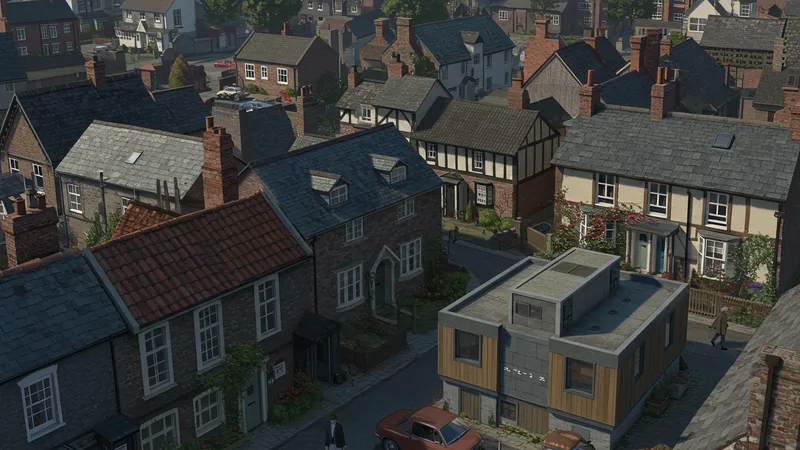
GRP and other modern systems are usually subject to separate flat-roofing guidelines, especially related to drainage, load, and fire resistance. Installers must stay updated with the most recent British Standards, such as BS 5534 for slating and tiling, to ensure compliance and avoid costly corrections post-inspection. For extensions or major renovations, planning permission may be needed if changes alter the roof’s profile.
In the realm of energy performance, recent UK regulations aim to encourage improved insulation and environmentally friendly material choices. New builds and retrofits often require certification showing adherence to these guidelines, affecting component selection and installation methods across all three solutions.
Getting the planning and compliance steps right from the outset helps avoid legal complications and may even open doors to grants or support for implementing sustainable or heritage-appropriate roofing. This regulatory landscape makes professional consultation essential for all UK property owners considering significant roof work.
Ongoing maintenance requirements significantly influence which roofing solution matches a property’s needs in the UK. Slate roofs are admired for their remarkably low maintenance—routine inspections and occasional repairs are sufficient to keep them functional for well over a century. When a slate tile is damaged, replacing individual tiles is typically straightforward for experienced professionals, ensuring longevity without extensive rework.
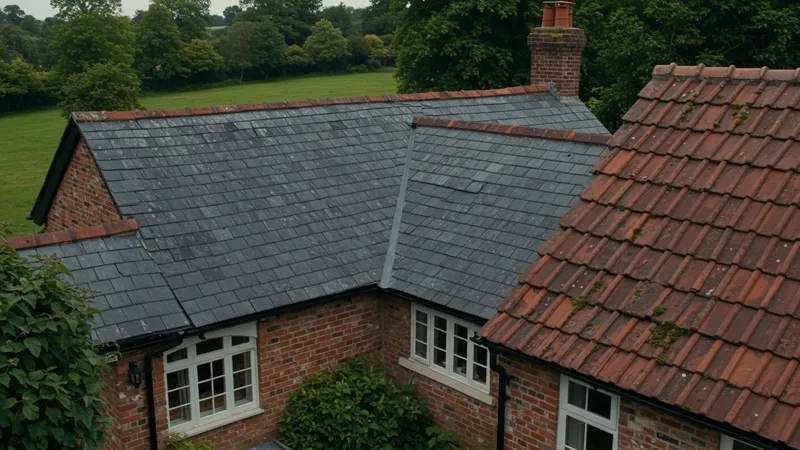
Clay tile roofs, while durable, can experience issues such as cracked tiles or moss growth in damp areas. Regular cleaning and prompt attention to debris or broken sections extend their lifespan and retain their visual appeal. Many UK homeowners opt for protective treatments or periodic power washing to guard against algae without harming the clay’s integrity.
GRP roofing is notable for its nearly maintenance-free design, thanks to the non-porous, seamless surface. Inspection remains important to identify any potential edge deterioration or impact damage (especially from falling branches or severe weather), but repairs are typically minor and easy to perform, reaffirming GRP’s reputation for durability among flat-roofed UK homes.
Sustainability is an increasingly dominant factor in the UK market. Slate can be reclaimed and recycled, clay tiles are made from abundant natural resources, and GRP can incorporate advanced insulation materials to reduce a property’s carbon footprint. These trends suggest that the future of roofing solutions in the United Kingdom will be shaped as much by eco-credentials and life-cycle assessments as by tradition and upfront cost.